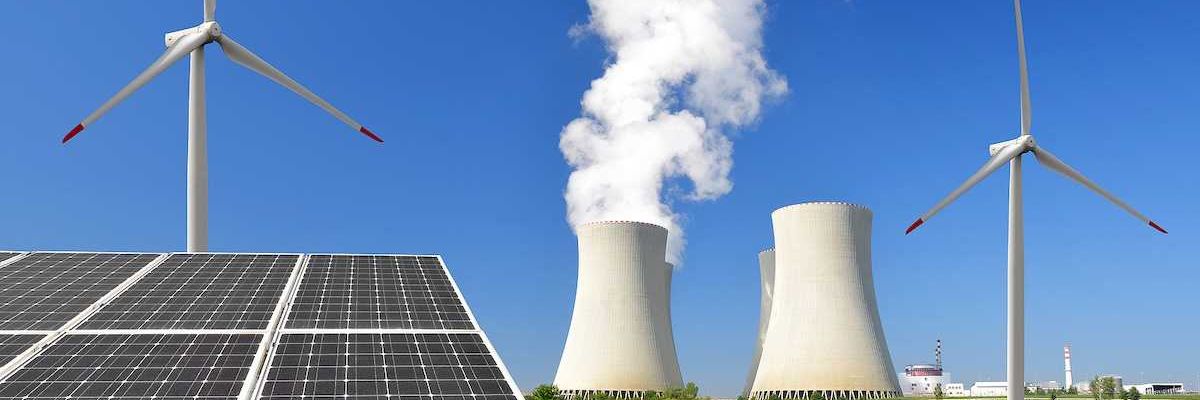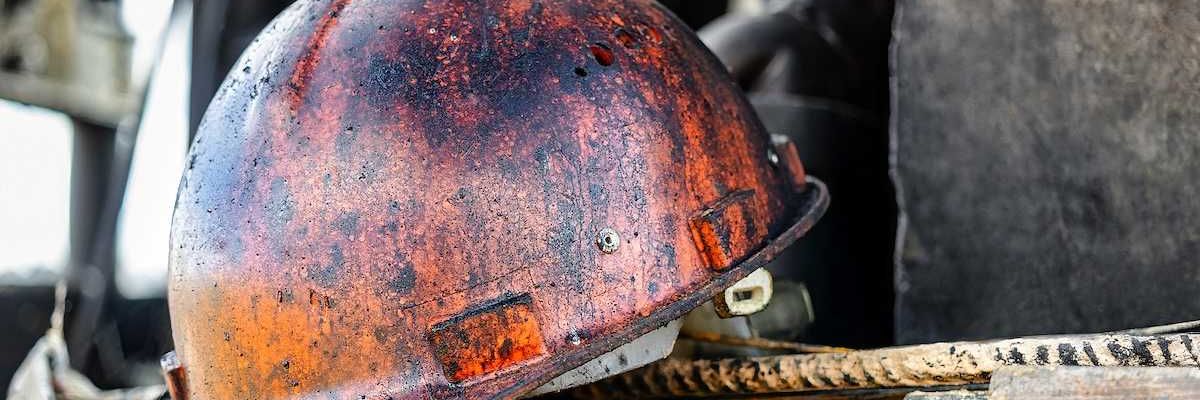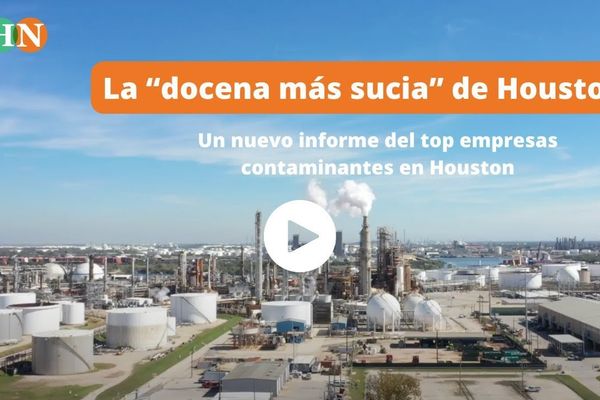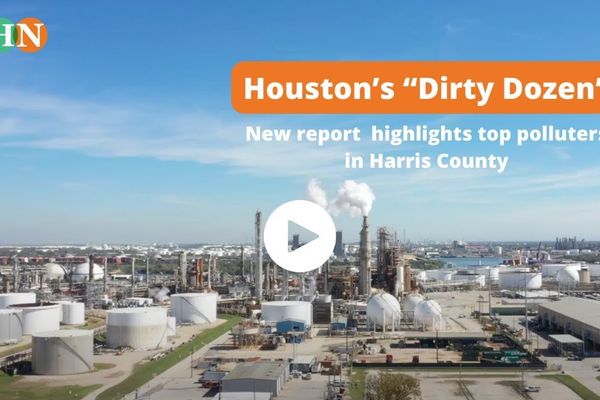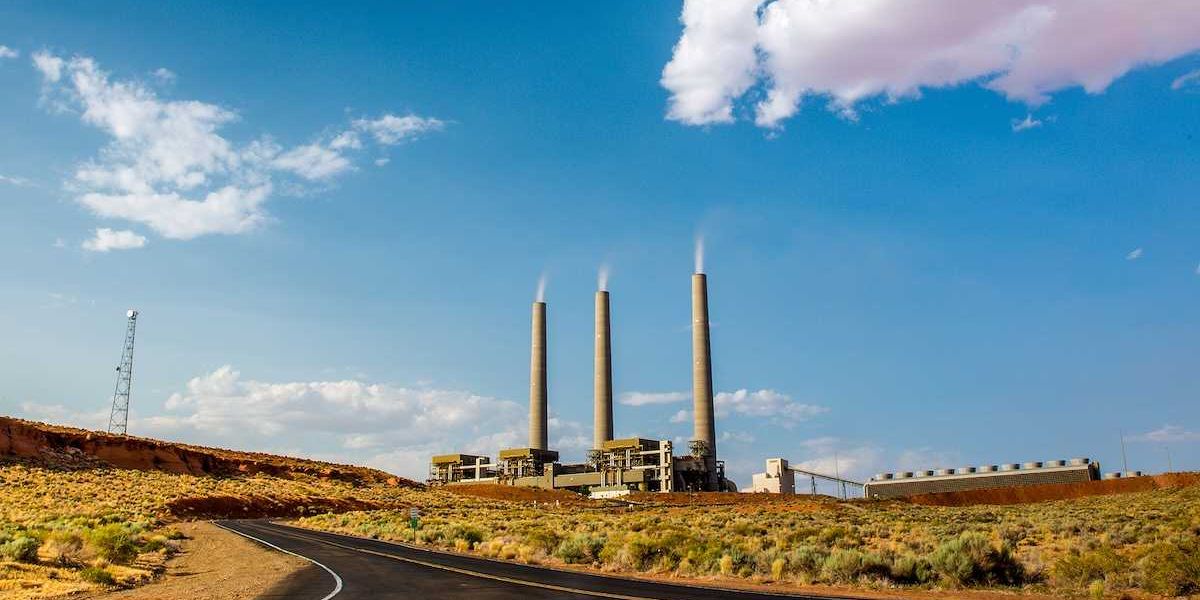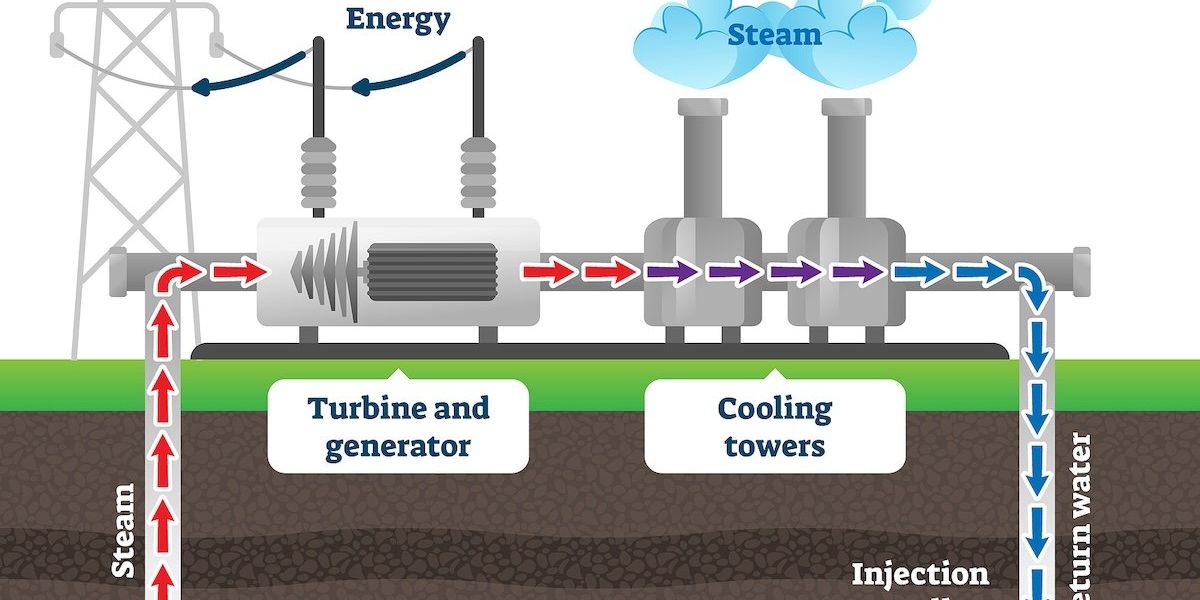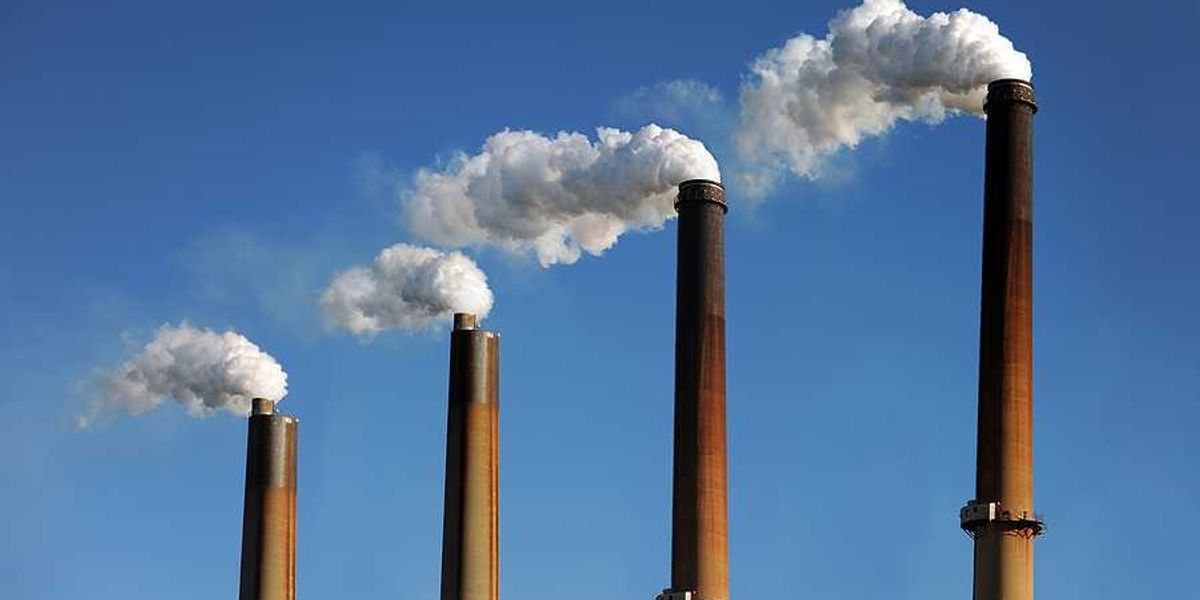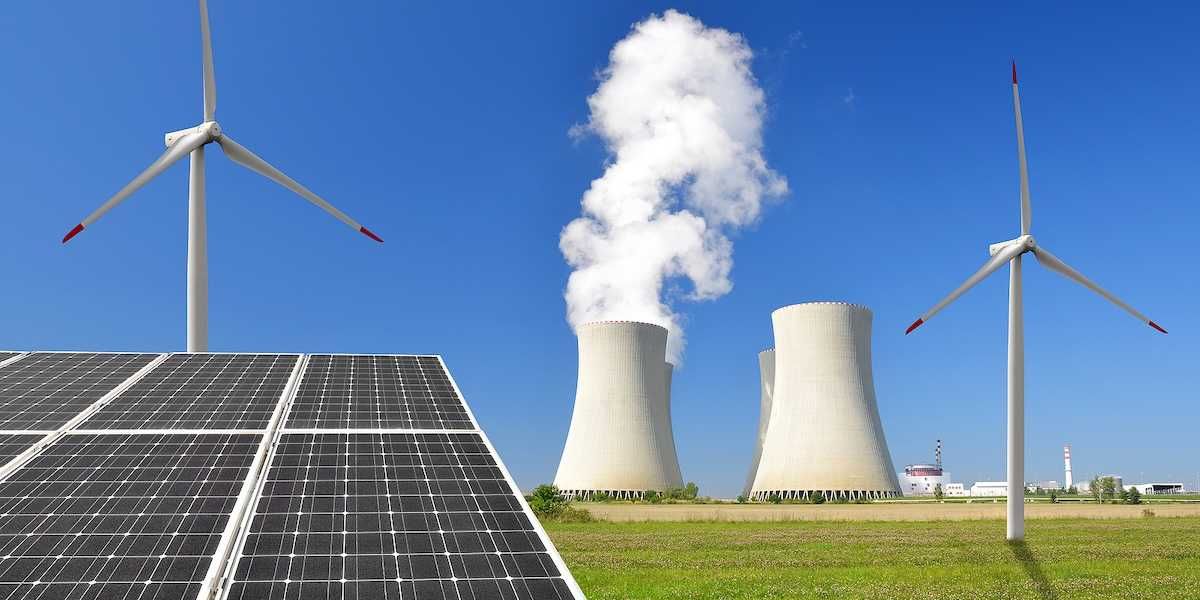houston
A pipeline explosion in Texas causes evacuation and damages homes
A pipeline fire ignited after a vehicle struck a valve near Houston, prompting investigations and an evacuation of nearly 1,000 homes.
In short:
- A vehicle crashed into a pipeline valve near Houston, causing an explosion and a massive fire that burned for over 12 hours.
- Nearby homes caught fire due to intense heat, and authorities evacuated 1,000 households while firefighters attempted to contain the flames.
- Air monitoring detected no immediate health risks, though the fire released soot and particulate matter into the environment.
Key quote:
“A lot of the house structures that are adjacent to that are still catching on fire even though we’re putting a lot of water on them.”
— Jerry Mouton Jr., Mayor of Deer Park.
Why this matters:
Pipeline explosions in Houston’s petrochemical region are common, raising concerns about the safety of the infrastructure and its impact on nearby communities and the environment. Residents must grapple with repeated disruptions and potential long-term risks.
Related EHN coverage:
Houston faces growing threats from hurricanes and heat waves, experts warn
As climate change drives more severe weather, Houston remains unprepared for the deadly combination of power outages and extreme heat following hurricanes.
By Niko Kommenda, Shannon Osaka and Simon Ducroquet report for The Washington Post.
In short:
- Tropical Storm Beryl left two-thirds of Houston homes without power, with some outages lasting over a week, compounding the heat-related risks.
- Experts predict future blackouts and heat waves will claim more lives as cities like Houston have aging power grids, vulnerable infrastructure and little preparation.
- Hospitals and critical services were overwhelmed as residents, especially those dependent on electricity for medical devices, struggled to survive.
Key quote:
“I think it’s an absolute certainty that we will have an extreme heat wave and an extended blackout in the United States.”
— Brian Stone, professor and director of the Urban Climate Lab at the Georgia Institute of Technology
Why this matters:
Houston’s vulnerability to hurricanes and heat waves is worsened by its aging infrastructure. As climate change intensifies, prolonged power outages during heat waves could turn deadly, with cities needing better preparation to protect their populations.
Related:
New fracking-inspired technology could revolutionize renewable energy storage
Three Houston startups are using a novel approach similar to fracking to create underground storage for renewable energy, potentially reducing reliance on lithium batteries.
In short:
- Sage Geosystems is developing the first commercial geothermal energy storage system in South Texas, using pressurized water in underground caverns.
- The technique involves injecting water underground, which is then released to generate power during peak demand, offering up to 10 hours of energy storage.
- This system, while still in early stages, could provide an alternative to lithium-ion batteries, which currently dominate the energy storage market.
Key quote:
"There is a growing need for technologies that can adjust generation levels to maintain grid stability. The technology Sage is developing has the potential to be a game changer."
— Yiyi Zhou, an energy analyst at BloombergNEF
Why this matters:
Renewable energy storage is crucial for maintaining grid stability as solar and wind power become more prevalent. This technology could diversify storage options, reducing dependency on scarce lithium resources.
Related: Energy storage surge reshapes US electricity landscape
Chevron’s headquarters relocation to Houston raises pollution concerns in Latino communities
Chevron’s move from California to Houston has heightened fears of increased air pollution, especially in Houston’s predominantly Latino neighborhoods, where pollution-related health issues are already prevalent.
In short:
- Chevron relocated its headquarters to Houston following a California lawsuit over climate change deception.
- Local activists fear lax regulations in Texas will exacerbate air pollution, impacting vulnerable communities.
- Houston’s Latino neighborhoods already face some of the nation’s worst air quality, with pollution linked to serious health issues.
Key quote:
"Chevron already has a history of breaking the law in Texas. It is not surprising that it's deciding to move its headquarters to Texas since the state's regulations and their enforcement are much more lax than they are in California"
— Erandi Treviño, Houston environmental activist
Why this matters:
Some residents fear Chevron’s move to Houston could worsen air quality in areas already suffering from pollution, intensifying health risks for Latino communities with limited resources to address these challenges.
Read more: ExxonMobil, LyondellBassel and Chevron among Houston’s top polluters: Report
Houston reverses plans to move away from cars under new mayor
Houston’s progress toward reducing car dependency has stalled since Mayor John Whitmire took office, impacting transit and bike infrastructure projects.
In short:
- Houston halted bike infrastructure projects and delayed a $7.5 billion public transit expansion after Mayor John Whitmire’s inauguration.
- Federal funds are available for cities to diversify transit, but Houston’s leadership now focuses on road repairs over alternatives to cars.
- Advocates worry this shift threatens Houston's climate goals and limits transportation options for vulnerable communities.
Key quote:
“We have choices in all other parts of our lives, but when it comes to transportation, we only have one option.”
— Joe Cutrufo, cycling advocate
Why this matters:
Houston's transportation decisions reflect broader national challenges in reducing car dependency. Failure to diversify transit options could hinder efforts to address climate change and public health.
Related:
ExxonMobil, LyondellBasell y Chevron Phillips están en el top de empresas contaminantes en Houston: Informe
“Sabemos que es un negocio, y quieres obtener ganancias, pero considera a las comunidades vecinas.”
Las instalaciones industriales más contaminantes del condado de Harris, que incluye a Houston, son en su inmensa mayoría compañías petroquímicas responsables de la emisión de millones de libras de sustancias químicas y de cientos de violaciones ambientales estatales y federales, según un nuevo informe.
Haz clic aquí para leer este reportaje en inglés. To read and watch a version of this story in English click here.
Usando las bases de datos de la Agencia de Protección de los EE.UU. (EPA por inglés) y la Comisión por la Calidad Ambiental de Texas (TCEQ por inglés), Air Alliance, una organización ambiental sin ánimo de lucro de Houston dedicada al aire limpio, identificó doce de los mayores contaminadores de Houston.
El informe detalla la emisión de millones de libras de sustancias químicas, gases de efecto invernadero y violaciones de regulaciones ambientales. Muchos de los químicos — que incluyen compuestos cancerígenos como el óxido etileno y el formaldehído — están relacionados con riesgos potenciales para la salud para las comunidades circundantes. Los gases de efecto invernadero contribuyen a problemas locales como aumentos en las tasas de la contaminación por el ozono y material particulado, y en un escala global al aceleramiento del cambio climático.
El informe examina 272 sustancias químicas en 350 instalaciones del Inventario de Emisiones Tóxicas (TRI por inglés) entre 2018 y 2022. La base de datos recopila las emisiones de sustancias químicas, como vertidos, fugas o emisiones, comunicadas por la propia industria. De las 350 instalaciones analizados, tres — ExxonMobil, Chevron Phillips Chemical y LyondellBasell — fueron responsables por la emisión de más de 19 millones de libras de sustancias químicas, que representan cerca de 60% de todas las emisiones en el condado de Harris durante ese periodo.
Esta es la lista de Air Alliance de la “docena más sucia”, las 12 instalaciones industriales más contaminantes del región, según el informe (sin orden específico):
- ExxonMobil Baytown Site
- Chevron Phillips Chemical
- Shell Deer Park Chemical
- LyondellBasell Industry
- Altivia Oxide Chemicals
- Equistar Chemicals Channelview
- Atascocita Recycling Center
- McCarty Road Landfill
- Deer Park Energy Center
- Dixie Holdings Inc
- Ineos Oxide
- Celanese Clear Lake
“Nos pareció necesario identificar las instalaciones más contaminantes para señalar la cantidad de emisiones liberadas por [ellas] y ser conscientes del impacto acumulativo de sus emisiones en las comunidades cercanas”, los autores del informe escribieron.
EHN contactó las tres compañías con la mayoría de emisiones de sustancias químicas.
"Ser un buen vecino es nuestra prioridad,” la representante de comunicaciones de ExxonMobil, Lauren Kight, dijo a EHN en un correo electrónico. "Estamos centrados en reducir las emisiones de nuestros sitios de manufactura, mejorando la calidad del aire en nuestras comunidades y ayudando a proteger el medio ambiente”.
Kight también dijo que el complejo de Baytown tiene “tres plantas industriales de escala mundial: una refinería, una planta de olefinas y una planta de sustancias químicas” para lo cual los datos en el informe de Air Alliance fueron “combinados” y “no se normalizan por tamaño o escala”.
La representante de comunicaciones de Chevron Phillips Chemical, Lisa Trow, dijo a EHN en un correo electrónico, “Chevron Phillips Chemical está comprometido con la operación responsable de nuestras instalaciones y con la mejora continua de nuestro rendimiento ambiental”.
Añadió que Chevron Phillips está trabajando en “reducir las emisiones del aire a través de un equipo de recuperación por gas de antorcha” para “reducir las emisiones de gases de efecto invernadero mediante el abastecimiento de mayores cantidades de energía renovable”.
LyondellBasell no respondió a la solicitud de comentarios.
Diez de las instalaciones están dentro del centro petroquímico en las regiones sureste y este del área metropolitana de Houston. Según la EPA, las comunidades de la primera línea, que habitan en los códigos postales que rodean el centro industrial, sufren la mayoría de la contaminación y está compuestas principalmente por personas de color. Los individuos del área también tienden a tener menores ingresos que el promedio de condado.
“Sabemos que es un negocio, y quieres … obtener ganancias, pero considera a las comunidades vecinas”, dijo Inyang Uwak, epidemiológico ambiental de Air Alliance, a EHN en una conferencia de prensa en Baytown el martes pasado.
La contaminación petroquímica
Las sustancias químicas analizadas se clasificaron en dos grupos: las diez que se liberan con más frecuencia y las diez con las puntuaciones más altas de peligrosidad según un modelo de la EPA.
Las diez sustancias químicas más liberadas, incluyendo químicos como el etileno, metanol y tolueno, varían en su toxicidad a seres humanos, pero muchas están relacionadas con problemas de salud como el cáncer, el desarrollo cerebral alterado y el daño al sistema reproductivo. La sustancia química más frecuentemente emitida fue el etileno, que podría ser cancerígeno cuando reacciona con el oxígeno.
Por su parte, las diez sustancias químicas más peligrosas incluyen químicos cancerígenos como el cromo, benceno y óxido de etileno. El óxido de etileno, o EtO, fue clasificado como el producto químico más peligroso liberado en el condado de Harris según el informe. LyondellBasell fue identificado por Air Alliance como la mayor fuente de emisiones de EtO durante el periodo del informe. Cuando se inhala, el EtO es tóxico para el cuerpo y es un carcinogénico conocido, pues aumentar el riesgo por leucemia and linfoma.
Los impactos al clima
El informe señala que la industria petroquímica fue la mayor fuente de emisiones de gases de efecto invernadero en el condado de Harris, y las compañías de energía, la segunda. El complejo de ExxonMobil Baytown fue el primer emisor de gases de efecto invernadero de la docena, con más de 67 millones de libras de emisiones que calientan el clima, en su mayoría dióxido de carbono. Más allá de su contribución al efecto invernadero, el dióxido de carbono podría causar problemas de salud como respiración rápida, ritmos alterados del corazón y el aumento de presión arterial.
Las emisiones del metano, un compuesto aún más potente para el calentamiento climático, fueron impulsadas principalmente por la industria de gestión de residuos, que representó el 78% de las emisiones.
Los violaciones de regulaciones ambientales
Nueve empresas de la “docena sucia” de Air Alliance han infringido la normativa o los permisos medioambientales. A nivel federal, algunas instalaciones infringen o han infringido recientemente la Ley de Agua Limpia, la Ley de Aire Limpio o la Ley de Conservación y Recuperación de Recursos. Algunas han infringido varias normativas y son reincidentes. Los tres principales contaminadores tienen complicados historiales de infracciones y multas. Según el informe, las empresas más sancionadas en el condado de Harris fueron Altiva Oxide Chemicals y Chevron Phillips Chemical.
Altivia Oxide Chemicals, anteriormente KMCO, debe más más de $10,2 millones en multas, $10 millones de los cuales estaban relacionados con violaciones de la Ley del Aire Limpio sobre las cuales llegaron a un acuerdo en diciembre de 2020. Pago de estas multas aún no ha sido completado, según la EPA.
En 2022, el Departamento de Justicia de los EE.UU. ordenó a Chevron Phillips Chemical pagar $3,4 millones en multas y $118 millones en costes relacionados con las medidas de cumplimiento por violaciones en su planta de Cedar Point Bayou y otras dos plantas tejanas. Sin embargo, la EPA todavía no ha marcado el pago de $236 mil en multas adicionales relacionadas con la Ley del Aire Limpio como completo. La planta de Cedar Point Bayou actualmente tiene 12 trimestres consecutivos, o tres años, con violaciones de la Ley del Aire Limpio.
A LyondellBasell Channelview se le impusieron más de 66 mil dólares en multas por infracciones, de las que sólo se pagaron 2.500 dólares. Se ordenaron otros 3,4 millones de dólares en multas para la instalación de Channelview y otras cuatro instalaciones propiedad de LyondellBasell, incluida Equistar, también en la lista de la «docena sucia». La planta de Channelview infringió la Ley de Aire Limpio el año pasado.
Al complejo de ExxonMobil Baytown se le impusieron casi $89 mil en multas relacionadas con la Ley del Aire Limpio. Actualmente, el complejo de Baytown ha infringido la Ley del Aire limpio por tres años, y ha violado la Ley del Agua Limpio por cuatro trimestres. El complejo de Baytown es de lejos el más grande, con 3,400 hectáreas que producen 10 mil millones de libras de sustancias petroquímicas anualmente.
ExxonMobil sigue inmersa en un proceso judicial de 13 años de apelaciones en el caso Environment Texas Citizen Lobby contra ExxonMobil Corp. El caso alega que Exxon emitió 1,5 millones de libras de contaminantes ilegales desde octubre de 2005 hasta septiembre de 2013. La sentencia más reciente confirmó la multa de 14 millones de dólares, la mayor sanción impuesta en una demanda ciudadana.
Luke Metzger, director ejecutivo de la organización ambiental sin ánimo de lucro Environment Texas, dijo a EHN, “cuando les demandamos, fuimos a juicio y, en última instancia, un juez federal revisó los hechos y determinó que [Exxon] había infringido la ley varios miles de veces”.
A pesar de estas infracciones y problemas legales, Exxon se encuentra en proceso de renovación de su permiso federal de explotación y miembros de la comunidad afirman que espera ampliar sus operaciones en Baytown si se le renueva el permiso.
Además de estas infracciones y multas, el informe incluía cientos de infracciones adicionales en todas las instalaciones a nivel estatal y federal.
“Desgraciadamente, lo que hemos visto, tanto en el caso de Exxon como en el de muchas instalaciones de Texas, es que la Comisión de Calidad Ambiental de Texas rara vez impone multas a las empresas que cometen infracciones y, si lo hace, es sólo una amonestación menor”, afirmó Metzger.
ExxonMobil, LyondellBassel and Chevron among Houston’s top polluters: Report
“We know this is a business, and you want to make a profit, but consider the communities next door.”
HOUSTON – The top industrial polluters in Harris County, which encompasses Houston, are overwhelmingly petrochemical companies, which are responsible for millions of pounds of chemical releases and hundreds of state and federal environmental violations, according to a new report.
Using data from the U.S. Environmental Protection Agency (EPA) and the Texas Commission on Environmental Quality, Air Alliance, a Houston-based environmental non-profit dedicated to clean air, identified 12 of the Houston area’s top polluters.
The report details millions of pounds of chemical releases, greenhouse gas emissions and environmental regulation violations. Many of the chemicals — including cancer-causing compounds such as ethylene oxide and formaldehyde — are linked to potential health risks to surrounding communities. The greenhouse gas emissions contribute to localized issues like increased ozone and particulate matter pollution, and broader climate warming.
The report examined data for 272 chemicals and 350 facilities from the EPA’s Toxics Release Inventory from the years 2018-2022. The database compiles self-reported chemical releases from industrial sources like spills, leaks or emissions. Of the 350 analyzed facilities, three — ExxonMobil, Chevron Phillips Chemical and LyondellBasell — were responsible for more than 19 million pounds of chemical releases, which represents about 60% of all Harris County pollution releases over that time span.
Here is Air Alliance’s “dirty dozen,” the region’s top 12 industrial polluters, according to the report (listed here in no particular order):
- ExxonMobil Baytown Site
- Chevron Phillips Chemical
- Shell Deer Park Chemical
- LyondellBasell Industry
- Altivia Oxide Chemicals
- Equistar Chemicals Channelview
- Atascocita Recycling Center
- McCarty Road Landfill
- Deer Park Energy Center
- Dixie Holdings Inc
- Ineos Oxide
- Celanese Clear Lake
“We found it necessary to identify the most polluting facilities to call attention to the amount of emissions released by the same facilities and to be cognizant of the cumulative impact of their emissions on the surrounding communities,” the report authors wrote.
EHN reached out to the three companies with the most chemical releases. LyondellBasell has not responded.
Chevron Chemicals’ communications representative Lisa Trow told EHN via email “Chevron Phillips Chemical is committed to responsible operation of our facilities and to continuous improvement of our environmental performance.”
She added Chevron is working to “decrease air emissions through flare gas recovery equipment” and to “reduce greenhouse gas emissions by sourcing greater amounts of renewable energy.”
ExxonMobil's communication representative Lauren Kight told EHN via email, "We’re focused on reducing emissions from our manufacturing sites, improving air quality in our communities and helping protect the environment."
Ten of these facilities are within the petrochemical hub in the southeastern and eastern regions of greater Houston. According to the EPA, the fenceline communities in the surrounding zip codes bear the brunt of the pollution and are dominantly people of color. Individuals in the area also tend to have lower incomes than county averages.
“We know this is a business, and you want to … make a profit, but consider the communities next door,” Inyang Uwak, environmental epidemiologist for Air Alliance, told EHN at a press conference in Baytown on Tuesday.
Petrochemical pollution

The chemicals were ranked in two sets: the top 10 most commonly released and the 10 with the highest hazard scores from an EPA model.
The top 10 most commonly released chemicals, including chemicals like ethylene, methanol and toluene, range in their toxicity to humans but many are linked to health issues like cancer, altered brain development and reproductive harm. The chemical released with the highest frequency was ethylene, which can become carcinogenic when oxygen reacts with it.
Additionally, the top 10 most hazardous chemicals included carcinogenic chemicals like chromium, benzene and ethylene oxide. Ethylene oxide, or EtO, ranked as the most hazardous chemical released in Harris County. LyondellBasell was identified by Air Alliance as the largest source of EtO emissions during the report’s timeframe. When inhaled, EtO is toxic and a carcinogen known to cause leukemia and lymphoma.
Climate impacts
The report found that the number one category for greenhouse gas emissions in Harris County is the petrochemical industry, with the power companies second. ExxonMobil’s Baytown complex was the number one greenhouse gas emitter of the dozen, with more than 67 million pounds of climate-warming emissions, most of which was carbon dioxide. Beyond greenhouse contributions, carbon dioxide can cause health issues like rapid breathing, altered heart rhythms and increased blood pressure.
Emissions of methane, an even more potent climate-warming compound, were mainly driven by the waste management industry, which accounted for 78%.
Violations of environmental regulations
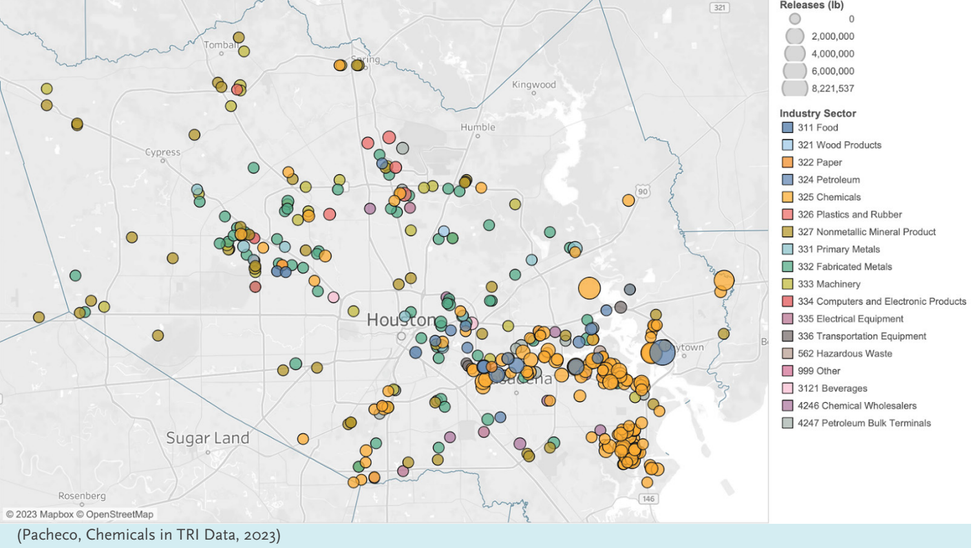
Nine out of Air Alliance’s “Dirty Dozen” have violated environmental regulations or permits. At the federal level, some facilities are currently violating or have recently violated the Clean Water Act, Clean Air Act or Resource Conservation and Recovery Act. Some have violated multiple regulations and are repeat offenders. The top three polluters all have complicated histories of violations and resulting fines. The report found that the most penalized companies in Harris County were Altiva Oxide Chemicals and Chevron Phillips Chemical.
Altivia Oxide Chemicals, previously KMCO, was charged more than $10.2 million in fines, $10 million of which was related to Clean Air Act violations settled in December of 2020.The payment of these fines has not been marked as complete by the EPA.
In 2022, Chevron Phillips Chemical was ordered by the Department of Justice to pay $3.4 million in fees and $118 million in compliance action costs for violations at its Cedar Bayou plant and two other Texas plants. However, the EPA still has not marked completion of payment for an additional $236,000 dollars related to Clean Air Act fines. The Cedar Bayou plant currently has 12 consecutive quarters, or three years, of non-compliance with the Clean Air Act.
LyondellBasell Channelview was issued more than $66,000 in fines for violations, with only $2,500 marked as paid. An additional $3.4 million in fees were issued for the Channelview facility and four other LyondellBasell-owned facilities, including Equistar, also on the “dirty dozen” list. The Channelview location has violated the Clean Air Act in the past year.
ExxonMobil’s Baytown Complex was issued nearly $89,000 in fines related to Clean Air Act violations. Currently, the Baytown Complex has been in violation of the Clean Air Act for three years, and has been noncompliant with the Clean Water Act for four quarters. The Baytown Complex is by far the largest facility, at 3,400 acres, producing 10 billion pounds of petrochemicals annually.
ExxonMobil is still in a 13 year litigation process of appeals in the case of Environment Texas Citizen Lobby v. ExxonMobil Corp. The case alleges that Exxon contributed to 1.5 million pounds of illegal pollutants from October 2005 through September of 2013. The most recent ruling upheld the fine of $14 million dollars, the largest ever citizen lawsuit penalty.
“When we sued them it went to trial and ultimately a federal judge reviewed the facts and determined that [Exxon] had violated the law several thousands of times,” Luke Metzger, executive director for the environmental nonprofit Environment Texas, told EHN.
Despite these violations and legal issues, Exxon is in the renewal process for its federal operating permit and community members say it hopes to expand its Baytown operations if its permit is renewed.
In addition to these violations and fines, the report included hundreds of additional violations across the facilities at the state and federal levels.
“Unfortunately what we’ve seen, both with Exxon and many facilities in Texas, is that the Texas Commission on Environmental Quality rarely issues fines when companies have violations and if they do, it’s just a slap on the wrist,” Metzger said.


